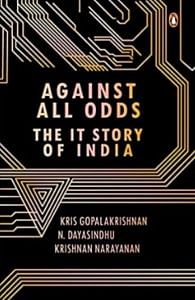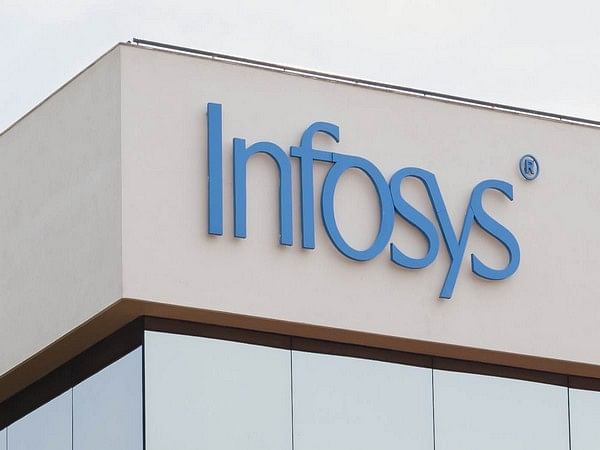One of the important positive spillovers of the success of Indian IT is that it has inspired and accelerated entrepreneurial activity in India over the past couple of decades. In the last chapter, we read about Indian deep-tech start-ups, like Niramai and Plansys, that are applying technologies like AI and ML, virtual reality/augmented reality, drones, robotics and blockchain in multiple industry domains. But, why should India care about creating and sustaining more deep-tech start-ups?
Some of the most valuable companies today started as deep-tech start-ups. Take the S&P 500 market capitalization-weighted index as an illustration. In 1970, the top five American companies were IBM, AT&T, General Motors, Standard Oil and Eastman Kodak. In 2020, this list includes Microsoft, Apple, Amazon, Alphabet (parent company of Google) and Facebook23—all IT companies, and all at the forefront of creating new technologies and knowledge in fields like AI/ML. And none of these companies even existed in 1970.
Kris captures the importance of deep-tech start-ups for India when he says, ‘If India needs to become a developed economy, it has to focus on deep-tech. In the US, the most amount of wealth is being generated in companies with deep-tech as their starting point. Today, with our deep-engineering capabilities, when India does something in deep-tech, the entire world benefits. India has the potential to create products for 100 per cent of the world, not just the top 10 per cent.’24 S. Ramadorai believes that India will become the innovation capital of the world: ‘I think innovation, and innovation across domains, whether it is in healthcare, affordable or frugal innovation, which translates into global products, will become a way of life.’
Deep-tech start-ups are also important for boosting human productivity in a resource-constrained economy like India’s. N. Chandrasekaran, chairperson of Tata Sons, explains the importance of integrating technology and people in building a ‘bridgital nation’: ‘India suffers from a lack of access—we don’t have enough hospitals, enough doctors, enough judges, enough teachers, enough infrastructure. In everything there is shortage. And on the other side we have a jobs problem. There is plenty of talent but we don’t seem to do a good job of matching demand and supply. It is that way because we are attacking both problems differently. The two have to meet each other—an integration of technology with people. We have to remove the halo or the aura around technology. I think AI/machine learning should be in the hands of every citizen. How do you build tools based on technology so that they will empower the people who have low or no skills so they operate at a higher level? This also ensures that the productivity of an expert doubles or triples.’
Also read: New book details untold story of how a ‘band of dreamers’ set up NASSCOM
We can witness this idea in action in how Indian deep-tech start-ups are addressing some of the wicked problems in Indian healthcare. For instance, Forus Health has developed an innovative AI/ML-based image recognition system—a portable device that can screen common eye problems leading to blindness, such as the early onset of diabetic retinopathy. During mass eyecare check-ups conducted in remote locations, the AI system checks the eye image as soon as it is clicked and prompts the local technician to click another image in case it is not good enough. Once usable images are captured, the system grades the images, again in real time, and ascertains whether the patient has diabetic retinopathy. If that is the case, then the patient is advised to consult an ophthalmologist to determine the next course of action. Deep-tech solutions enhance the productivity of both the low-skilled technician in Indian villages as well as the expert ophthalmologist in Indian cities.
Deep-tech start-ups need a nurturing environment, rich in scientific research and engineering capabilities, to thrive. As we noted in the last chapter, they are discovering it in incubators in Indian universities. The IIT Madras Research Park, established in 2006, is modelled on the famous Stanford Research Institute. It offers an interesting model of nurturing the academia-start-up ecosystem for deep-technology start-ups. Its main objectives are to develop innovation capabilities and to transfer basic research to applications that can be commercialized. The research park creates a collaborative environment between industry and academia through joint research projects and consulting assignments. It nurtures a self-sustaining and technologically fertile environment that aligns R&D to the potential needs of the industry. It also facilitates the development of a high-quality and technology competent workforce. It does this by providing opportunities for students to work in the companies in the park and by encouraging employees of the companies in the park to enrol in part-time master’s and PhD programmes at the institute. India needs more of such research parks. In 2017–18, the government approved the setting up of eight more such parks, one each at IIT Kharagpur, IIT Bombay, IIT Gandhinagar, IIT Delhi, IIT Guwahati, IIT Kanpur, IIT Hyderabad and IISc Bangalore.
Also read: Achieving success as a techie in content management system and artificial intelligence spectrum
Other structured mechanisms are required to promote deeptech start-ups. Initiatives like the NASSCOM DeepTech Club and the India Deep Tech, a pan-industry alliance of deep-tech start-ups, deep-tech-focused incubators and venture capital funds, promote start-ups in India focused on scientific research and engineering innovation. Another programme is the Gopalakrishnan Deshpande Centre for Innovation and Entrepreneurship, which was established in 2017 in IIT Madras. Through a structured training programme, this centre works with STEM colleges and scientific research institutions across India to implement a ‘Lab to Market’ mission by helping faculty, researchers and students commercialize their research ideas by creating deep-tech start-ups. We are beginning to see some green shoots of the positive impact of such efforts—by 2018–19, about 35 per cent of the total portfolio of 170 deep-tech start-ups established at the IIT Madras Incubation Cell had faculty members as founders or minority shareholders.
It is not just industry that is riding the new IT wave, the Indian government too is looking at IT to power some of its largest programmes to ensure that every one of its people benefits from public services. IT enhances the effectiveness and efficiency of the government’s engagement with citizens.
This excerpt from Against All Odd: The IT Story of India has been taken with permission from Penguin India.



